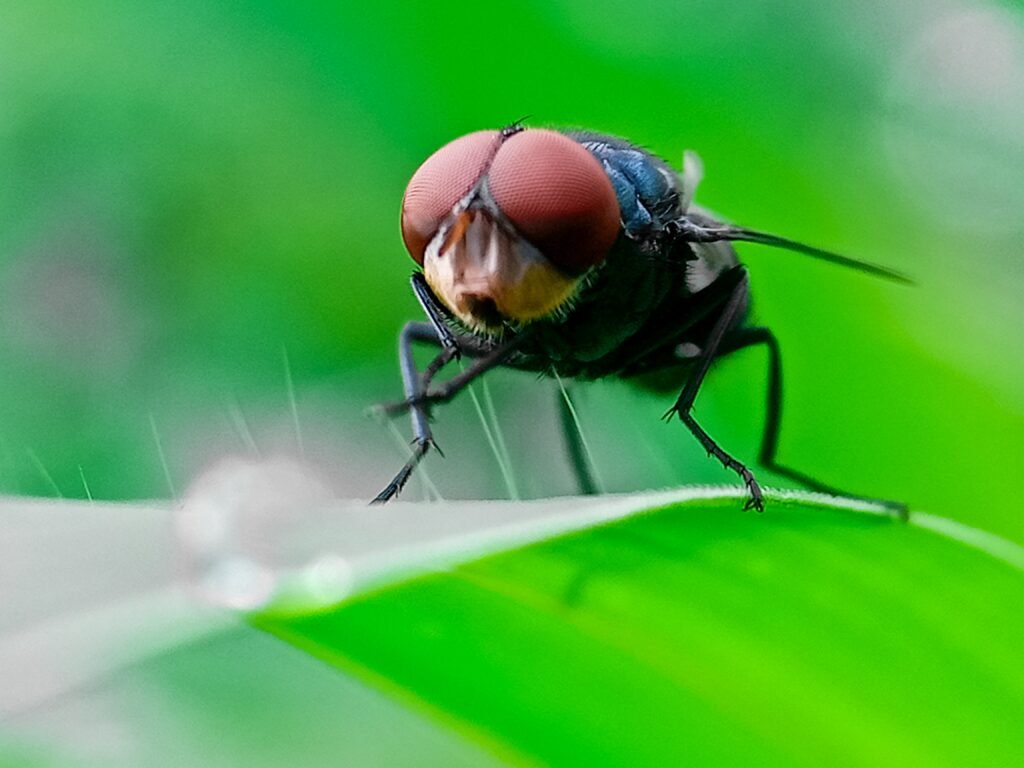The first-ever human case of screwworm-induced myiasis has been reported from Mexico.
The instance was found in a 77-year-old woman from the municipality of Acacoyagua in the southern state of Chiapas, according to Mexico’s Health Ministry. According to the officials, she is being treated with antibiotics and her health is stable.
When fly larvae, commonly referred to as maggots, infest open wounds and consume living tissue, a parasitic condition called myiasis develops.
About screwworm myiasis
According to the Centers for Disease Control and Prevention (CDC), a New World screwworm (NWS) infestation happens when the larvae of the NWS fly (Cochliomyia hominivorax) burrow into the living tissue of warm-blooded animals. It’s most commonly seen in livestock, but it can also affect pets, birds, and even humans.
The screwworm flies are attracted to and lay their eggs on and in open wounds and mucous membranes.
The screwworm got its name due to the feeding behaviour of the larvae (maggots); they burrow (screw) into healthy tissue.
The US public health agency said screwworm larvae cause extensive damage by tearing into the host’s tissue with sharp mouth hooks. The wound can become larger and deeper as more larvae hatch and feed on living tissue.
Screwworm Myiasis: Symptoms
Screwworm myiasis is not deadly. However, the CDC said that the infestation is very painful.
A human with screwworm myiasis may see maggots (larvae) around or in an open wound. They could also be in the individual’s nose, eyes, or mouth.
Symptoms can also include:
- Unexplained skin lesions (wounds or sores) that do not heal.
- Skin wounds or sores that worsen over time.
- Painful skin wounds or sores.
- Bleeding from open sores.
- Feeling larvae movement within a skin wound or sore, nose, mouth, or eyes.
- Seeing maggots around or in open sores.
- A foul-smelling odour emanates from the site of the infestation.
- Secondary bacterial infections sometimes occur and may cause fever or chills.
Screwworm Myiasis: Who is at risk?
The screwworm parasite is usually found in the Caribbean and South America, according to the CDC.
People are more likely to get screwworm myiasis if they visit certain places, spend time with cattle, sleep outside, or have open wounds.
Screwworm Myiasis: Treatment
The CDC says the only way to treat screwworm myiasis is to remove the larvae from the infested tissue physically.












